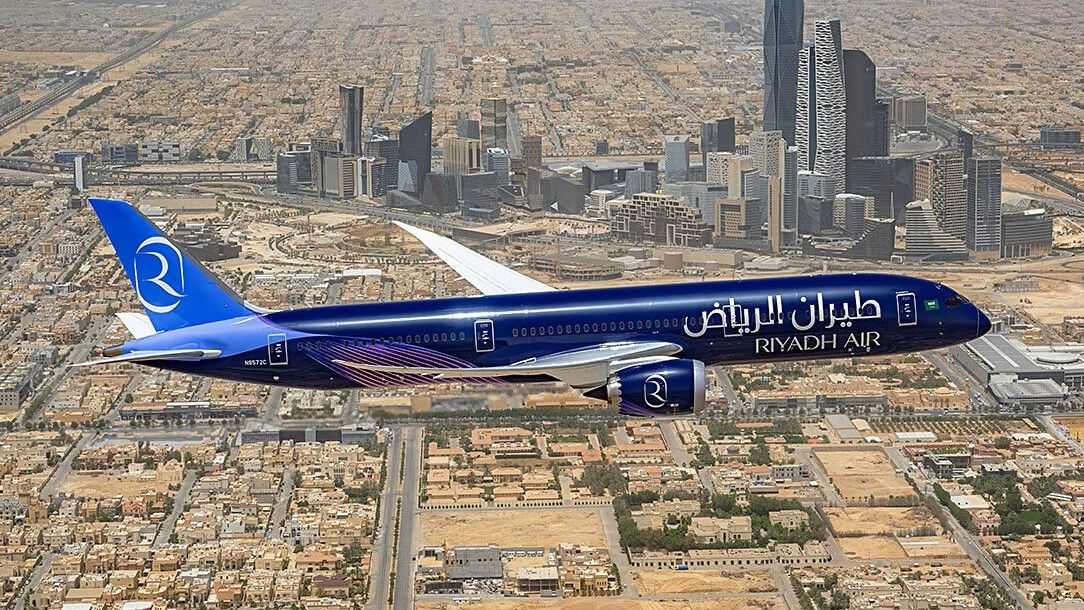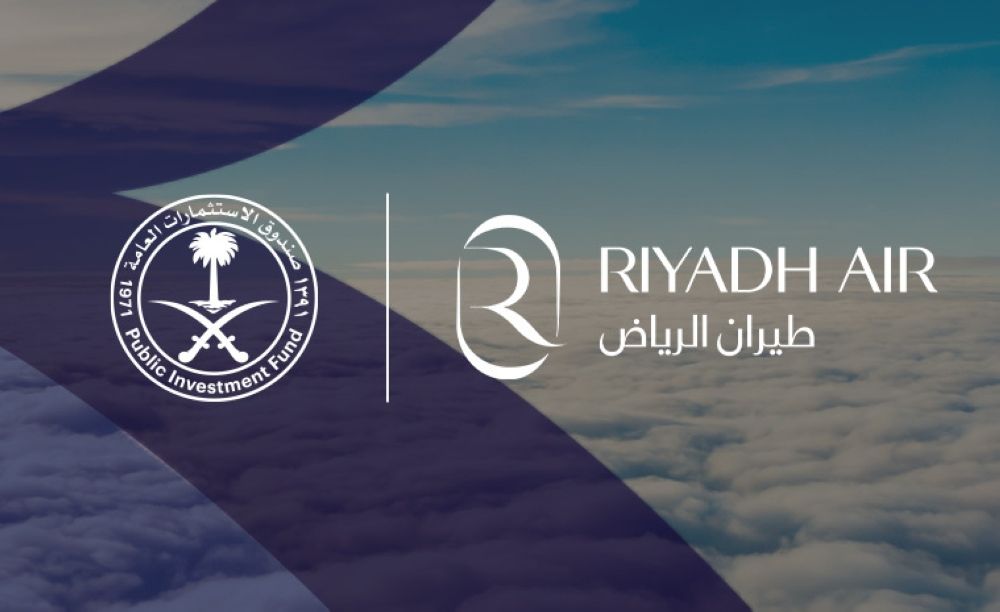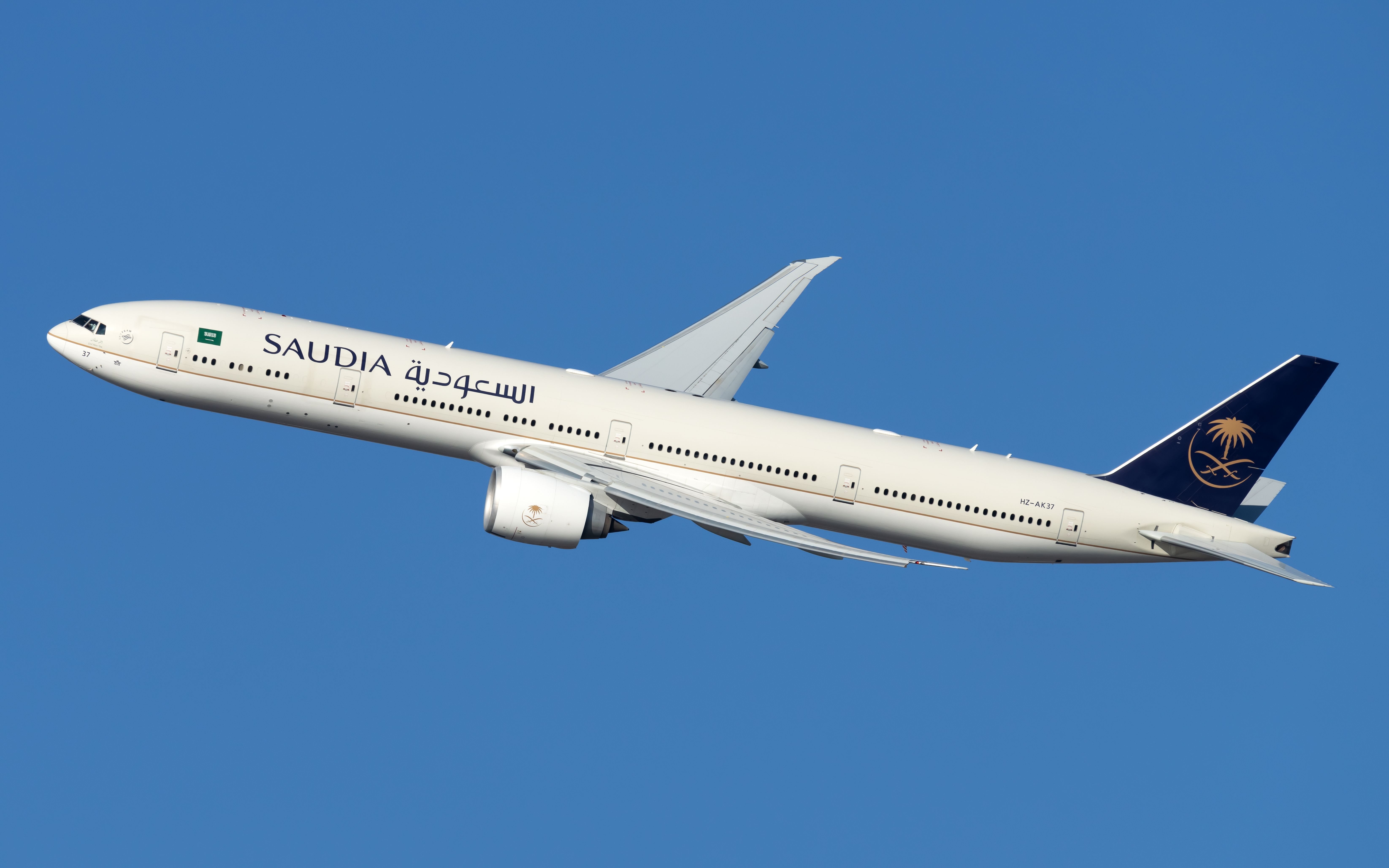Summary
- Riyadh Air aims to capitalize on niche markets and destinations, focusing on flights to and from Saudi Arabia to increase tourist traffic and support the country's goal of welcoming 100 million visitors annually.
- The airline plans to have an extensive fleet of narrowbody aircraft, with a preference for the Boeing 737 MAX, alongside its existing order for Boeing 787s. The total fleet size could potentially be as high as 300 to 400 aircraft.
- By 2025, there will be 5 airlines operating out of Saudi Arabia.
Saudi Arabia's newest carrier, Riyadh Air, has outlined a rather interesting plan for how the airline will operate once it commences commercial flights in 2025. However, the plan appears to be deviating from the formula of success that was created by fellow Middle Eastern giants Emirates and Qatar Airways.
The outlook
Riyadh Air, as noted by the Financial Times in its plan for the future, states that the airline is looking to capitalize more on niche markets and destinations, with a particular focus on flights to and from the Kingdom of Saudi Arabia.
Thus, as part of the airline's "super aggressive" growth plan, the carrier is looking to have an extensive fleet of narrowbody aircraft, with the aim to serve up to 100 destinations by the year 2030. Reports from Aerotime Hub indicate that Riyadh Air is considering at least 150 narrowbody aircraft and the preference lies with the Boeing 737 MAX aircraft. The MAX aircraft would complement the fleet of Boeing 787s already on order for the airline.
Data suggests that the existing order for the Dreamliners and the fleet of MAX aircraft in consideration will only make up a portion of the fleet, while the total fleet size could be as high as 300 to 400 aircraft.
Get the latest aviation news straight to your inbox: Sign up for our newsletters today.
Niche markets
Riyadh Air, despite having the same geographical advantage in terms of location and the potential to be a massive super-connecter such as Emirates, the airline stated that it would not be in direct competition with its neighboring Gulf Carriers because of its focus on niche markets. The airline aims to increase the traffic of tourists visiting the country rather than traffic just transiting through the hub without entering Saudi Arabia.
By doing so, the airline will help the Saudi Arabian tourism industry meet its target of welcoming 100 million visitors annually by the end of the decade. With this regard, Saudi Arabia and the country's Public Investment Fund are investing over $100 billion in various tourism development projects.
Additionally, the airline is quite important for the country as it aims to provide the country's citizens with better connectivity and world-class airline service, thus providing tourists with the first impressions of Saudi Arabia onboard a Riyadh Air flight.
Other carriers
With Riyadh Air set to commence operations in 2025, a commonly asked question is, what about the other carriers? Riyadh Air would, in fact, be sharing the "Flag Carrier" status with the pre-existing Saudia Airlines.
Tony Douglas, the CEO of Riyadh Air, stated that Saudia will shift its focus to cater to the millions of religious pilgrims who visit sights of religious importance to Islam within Saudi Arabia. Religious tourism has always been an important part of the country's tourism industry, and with an airline dedicated to the flow of religious travelers, there could potentially be higher connectivity and capacity.
Saudia is one of the very few carriers that dedicate special prayer spaces onboard its widebody aircraft to cater to the large population of Muslim travelers.
Apart from full-service carriers, Saudi Arabia is also home to flynas and Flyadeal, which are two low-cost carriers. Additionally, the country is also looking forward to the launch of NEOM Airlines in 2025, which will be an airline based out of the city of NEOM.
What do you think of Riyadh Air's strategy? Let us know in the comments below.
Source: Financial Times, Aerotime Hub.



